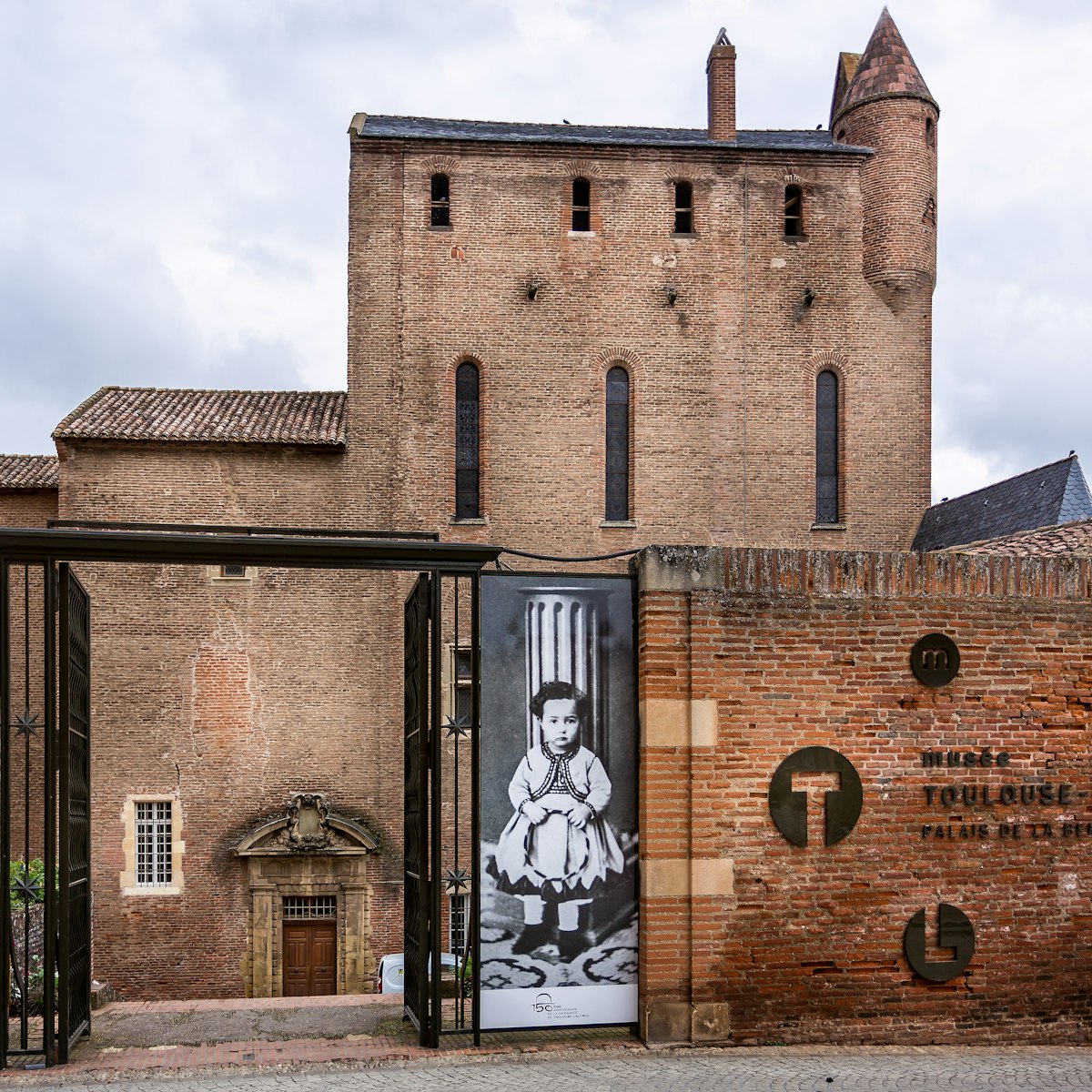Resembling a castle more than a cathedral, this formidable edifice in orange brick rises above Vieil Albi like an apparition. Its defensive walls hark back to the many religious wars that scarred medieval Albi. Begun in 1282, the cathedral took well over a century to complete; eight centuries later, it's still one of the world's largest brick buildings, and has been on Unesco's World Heritage list since 2010.
The exterior is resolutely Gothic, with tracery set in blush-coloured sandstone, but the most visually arresting craftsmanship is inside. The apocalyptic fresco behind the altar, Le Jugement Dernier (The Last Judgement, painted 1474–84), depicts horned demons cranking wheels with tormented victims attached, souls of the unrepentant tied to the Earth in agony, and the faithful floating to heaven (their naked chests obscured by well-placed prayer books). Also noteworthy are the grand chœur (great choir) with its frescos, chapels and biblical figures – each carved from stone and painted by hand – and the treasury, which houses a superb collection of ceremonial and ritual objects from the 13th to 19th centuries.
Don’t miss the chapel to the cathedral's namesake saint, martyred in the year 223, on the right-hand side as you enter. Legends state that pious Cécile, victim of a forced marriage, converted first her husband, then her jailer, to Christianity. Three attempts to behead Cécile failed; note the neck scars on the unnervingly realistic statue in the chapel.


